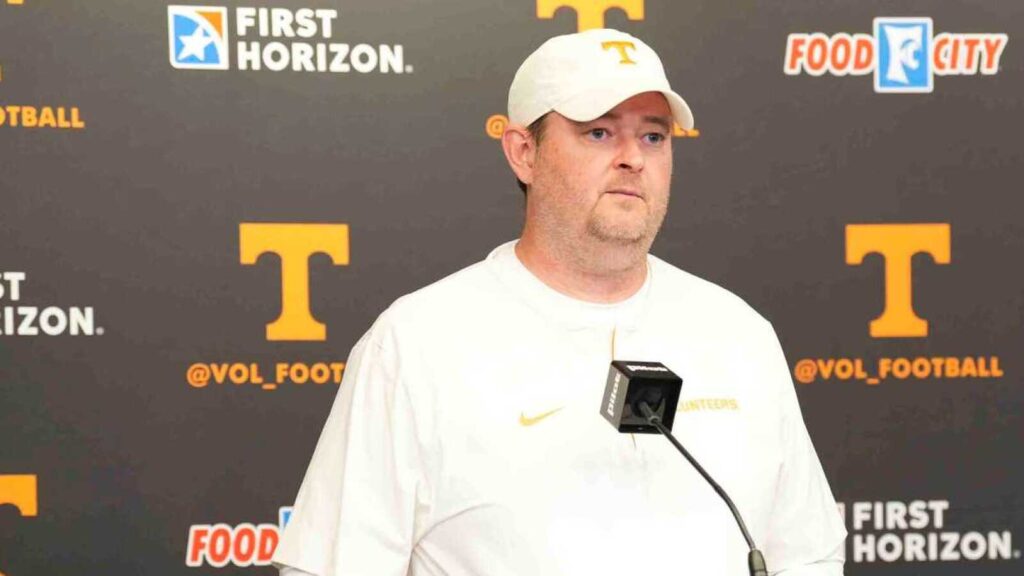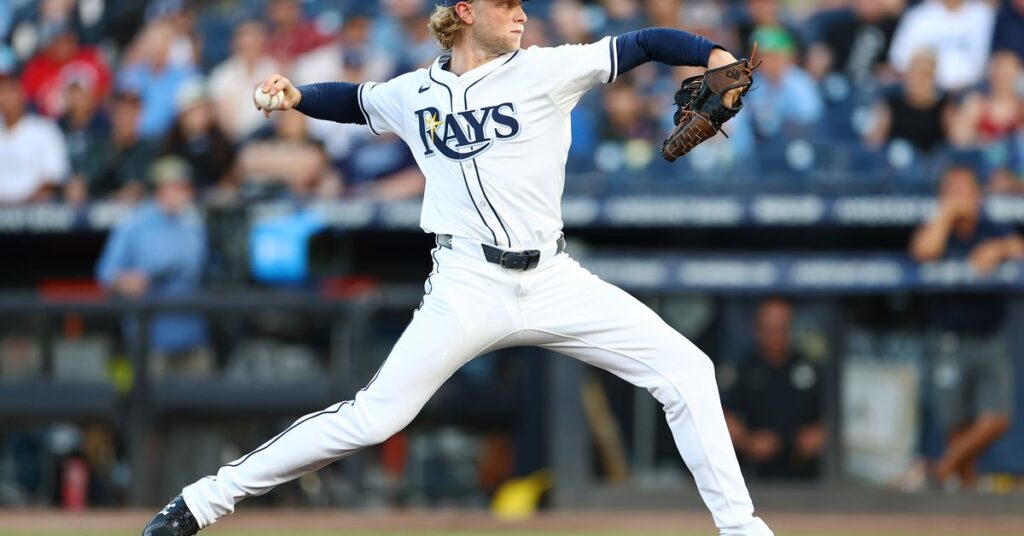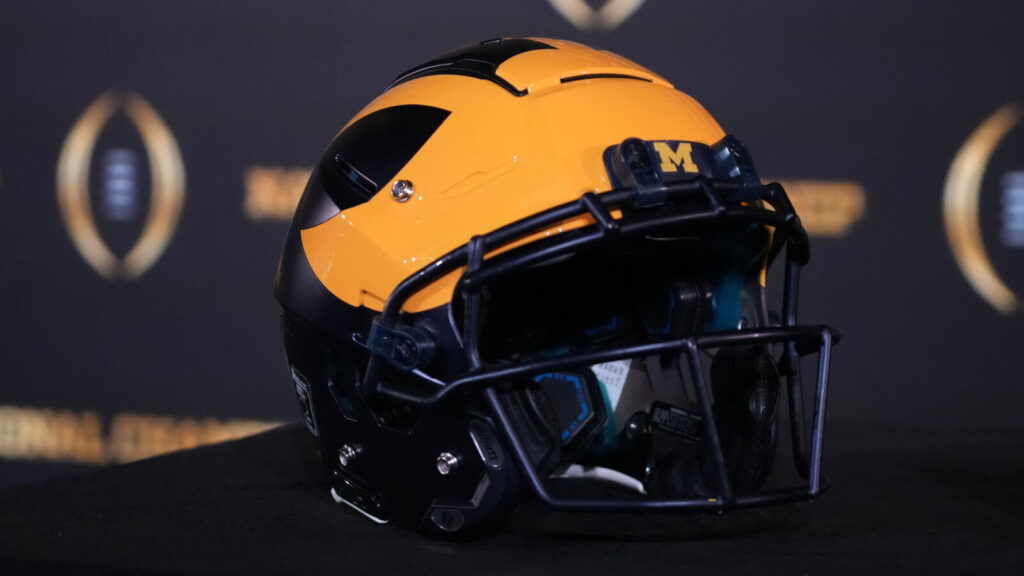My overriding feeling when I heard that one-and-done might finally be done was relief, for one simple reason: I’m tired of hearing about it.
Ever since the NBA instituted the 19-year-old draft minimum in 2005 (was it really that long ago?), it seems that everything that went wrong in and around men’s college basketball was blamed on this misbegotten rule. Scoring is down? Gotta be the one-and-done. Graduation rates a problem? It’s because of the one-and-done. Coaches cheating and getting arrested? One-and-done. Stock market crash? Climate change? Nebraska football? One-and-done! One-and-done! One-and-done!
Rarely have so many words been devoted to something that impacts so few. There are more than 350 Division I schools in college basketball, and each roster holds about 11 scholarship players. That’s nearly 4,000 players across the sport, meaning around 1,000 freshmen, maybe a dozen of whom are good enough to consider entering the NBA Draft out of high school. And you can count on one hand (really, two or three fingers) the number of schools that still make one-year players a centerpiece of their recruiting. That’s not nothing, but in the grand scheme of things, it’s not much.
So yeah, I was relieved when our Shams Charania reported on Monday that the NBA and its players’ association are likely to knock the draft minimum age back to 18 as part of the new Collective Bargaining Agreement due to be completed later this year. According to Shams, the new rule could go into effect as soon as 2024. Besides spurring an insufferable debate, the one-and-done rule was grossly unfair to those few elite prospects who had a legitimate chance to turn pro at the age of 18. Scuttling it would be a welcome change now that we have entered the freedom of movement era in college basketball. Thanks to the new transfer rules, players who are unhappy in their current situations can suit up for another school the following season. Thanks to the new name, image and likeness rules, players can make extra money off the court, in some cases well into six figures annually. Even when the one-and-done rule was new, it felt like a relic of the past. Getting rid of it will bring the NBA back to the future.
Will college basketball “lose” some players that would otherwise have been on campus? Probably. But the sport was already increasingly losing guys to the NBA G League’s Ignite program, Overtime Elite, international leagues, and other professional landing spots. If one-and-done ends, those destinations will also become less palatable at the same time colleges can finally compete financially for talent. Game on, boys.
John Calipari has signed 52 consensus five-star recruits at Kentucky with as many as five more on the way in the 2023 class.
But what happens if the NBA starts drafting high school kids again in 2024? Thinking ahead here:
— Kyle Tucker (@KyleTucker_ATH) September 19, 2022
Normally, college basketball trips over itself trying to imitate whatever the NBA is doing, but this is one instance where the league was painfully behind the times. That’s another thing people have missed: One-and-done is an NBA rule, not an NCAA rule. I lost count of how many times I heard someone write or say, “The NCAA needs to get rid of one-and-done.” That includes Condoleezza Rice, who made eliminating it a centerpiece of the reforms her commission recommended in the wake of the FBI investigation that led to the arrests of four assistant coaches in 2017. Rice made this suggestion despite the fact that a) the NCAA doesn’t have the authority to make the change and b) the rule had nothing to do with the transgressions that led to those arrests.
People who’ve complained that one-and-done was “hurting college basketball” have likewise been off the mark. They forget that before one-and-done, there was none-and-done. Kevin Garnett never played college basketball. Neither did LeBron James, Kobe Bryant, Tracy McGrady and Dwight Howard. You know who did, though? Greg Oden, Derrick Rose, John Wall, Anthony Davis, Deandre Ayton, Zion Williamson, Cade Cunningham, and many others who wouldn’t have come to college otherwise. The rule may not have been fair to those teenagers, but there is no arguing that college hoops benefited greatly from the short time they spent on campus.
To be sure, when people in college athletics clamor for the end of one-and-done, what they really want is for it to be replaced by a baseball-like rule that would allow players to enter the draft straight out of high school, but then force them to stay in college two years if they go that route. There is no sign that this is going to happen, nor should it. If this rule were in place, we’d have the exact same debate over players (Trae Young comes to mind as a recent example) who played themselves into the lottery as freshmen. Keeping those guys in school through their sophomore seasons would be as unfair and unfeasible as forcing everyone to go to college for a year in the first place. So let’s stop that conversation before it even gets started.
Frankly, I’d be fine if the NBA wanted to make its draft age minimum even younger. If the Boston Celtics want to spend one of their picks on a 16-year-old kid and then pay him for a few years while he tries to develop, who’s being hurt by that? While we’re at it, the NCAA (whatever that is these days) should allow players who’ve been drafted to retain their collegiate eligibility while the team that picked them keeps their rights. We’ve crossed the Rubicon with these new NIL rules, and it’s quite obvious that college sports is headed for some type of employee status/pay-for-play paradigm for compensating athletes. No possibility is off the table. The old ways just won’t do.
The creation of the 19-year-old draft minimum may have been well-intentioned, but it was poorly executed. So please, yes, let’s hope the one-and-done rule really is done. Whatever the ramifications, the college games will go on, just as they did before, and still be very much worth watching.
(Top photo: Jeff Haynes / NBAE via Getty Images)






